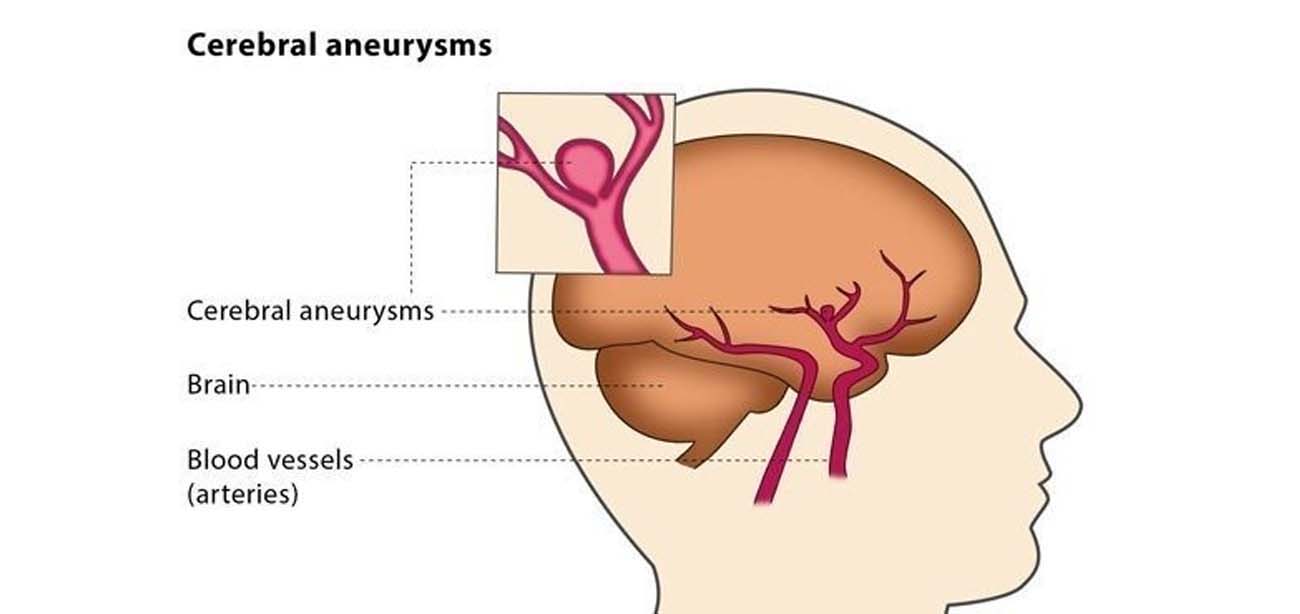
Brain Aneurysm
An aneurysm is a bulge in a blood vessel caused by a weakness in the blood vessel wall, usually where it branches.As blood passes through the weakened blood vessel, the blood pressure causes a small area to bulge outwards like a balloon.
Aneurysms can develop in any blood vessel in the body, but the 2 most common places are:
- the artery that transports blood away from the heart to the rest of the body (the abdominal aorta)
- the brain
Treatment
Brain aneurysms can be treated using surgery if they have burst (ruptured) or there's a risk they will.
Preventative surgery is usually only recommended if there's a high risk of a rupture.
This is because surgery has its own risk of potentially serious complications, such as brain damage or stroke.
Assessing your risk
If you're diagnosed with an unruptured brain aneurysm, a risk assessment will be carried out to assess whether surgery is necessary.
The assessment process is usually based on the following factors:
- your age – research has found the risks associated with surgery in older adults often outweigh the potential benefits (extending natural lifespan)
- the size of the aneurysm – aneurysms larger than 7mm often require surgical treatment, as do aneurysms larger than 3mm in cases where there are other risk factors
- the location of the aneurysm – brain aneurysms located on larger blood vessels have a higher risk of rupture
- family history – brain aneurysms are considered to have a higher risk of rupturing if you have a history of ruptured brain aneurysm in your family
- underlying health conditions – some health conditions increase the risk of a rupture, such as autosomal dominant polycystic kidney disease (ADPKD) or poorly controlled high blood pressure
After these factors have been taken into consideration, your Neurosurgeon should be able to tell you whether the benefits of surgery outweigh the potential risks in your case.